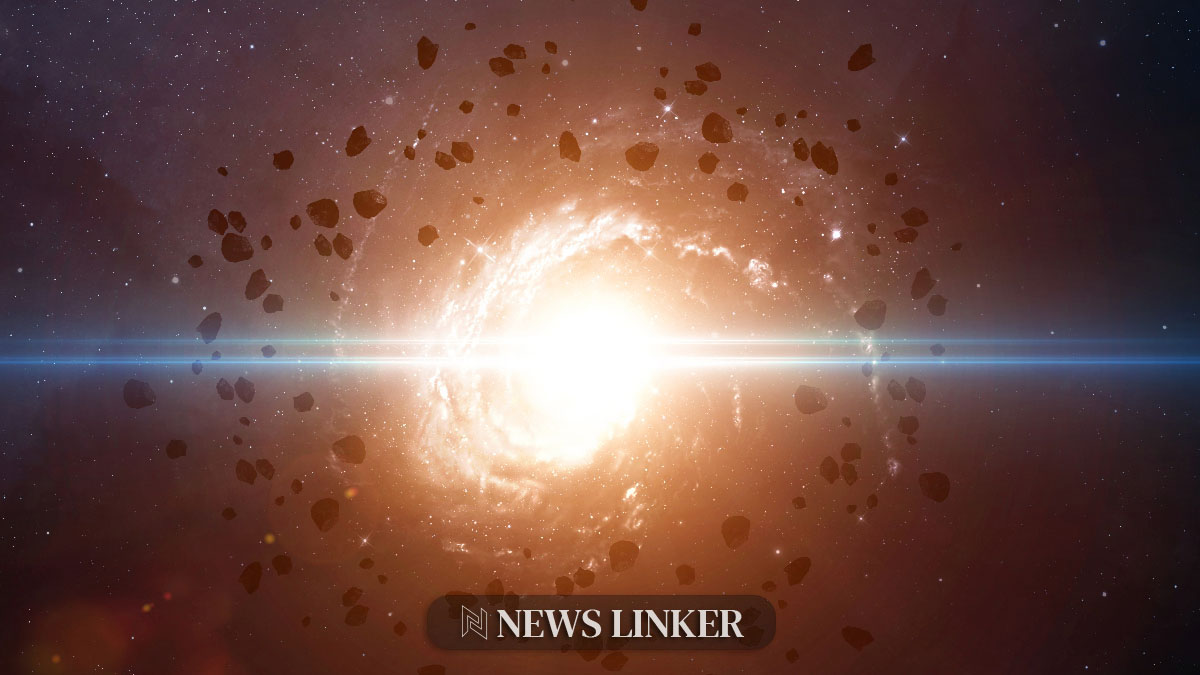In a groundbreaking study, a team of astronomers has analyzed 16 supermassive black holes ejecting powerful jets into space to determine their current trajectories and historical directions. Utilizing NASA’s Chandra X-ray Observatory and the National Science Foundation’s (NSF) National Radio Astronomical Observatory’s (NRAO) Very Large Baseline Array (VLBA), researchers discovered significant directional changes in some of these jets. These findings provide crucial insights into the dynamic nature of black hole activity and their impact on surrounding cosmic environments, offering a fresh perspective on the cosmic evolution of galaxies.
When the researchers compared data from the Chandra X-ray and VLBA radio observations, they found that the jets from some of the black holes, such as those in the Abell 478 galaxy cluster and the NGC 5044 galaxy group, had significantly altered their courses by 35 to 70 degrees. This substantial shift indicates that black hole jets can dynamically change over relatively short cosmic timescales, ranging from one million to a few tens of millions of years. Such rapid changes provide a stark contrast to the presumed stability of these colossal cosmic phenomena.
Key Findings
The study primarily focused on observing how the powerful beams emitted by supermassive black holes have veered over time. For instance, analyses of Abell 478 and NGC 5044 revealed that the directional shifts in the jets have carved cavities in the surrounding hot gas, indicating their previous paths. This discovery challenges the conventional understanding that black hole jets maintain a fixed orientation over long periods.
Implications of Jet Realignment
The findings suggest that such directional changes in black hole jets can significantly influence the formation of stars within their host galaxies. By injecting energy into the surrounding hot gas, these jets prevent the gas from cooling sufficiently to form new stars. As the jet directions change, they can regulate star formation across different regions of the galaxy, thus playing a crucial role in galactic evolution and the distribution of stellar populations.
Mechanisms Behind Jet Shifts
The research posits that the realignment of black hole jets may be driven by the inflow of matter onto the black hole from varying angles. When matter accretes onto the black hole’s spinning disk at non-parallel angles, the rotation axis of the black hole can shift, redirecting the jets. This hypothesis underscores the complex interplay between black hole physics and the inflowing material, reshaping our understanding of black hole dynamics.
Practical Insights
- The dynamic nature of black hole jets significantly impacts star formation in galaxies.
- Directional changes in jets indicate interaction with surrounding cosmic material.
- Black hole activity is more variable over shorter timescales than previously thought.
This study highlights the dynamic behavior of supermassive black holes and their jets, contrasting with prior beliefs that these jets remained relatively constant over time. The discovery of significant directional changes not only challenges existing theories but also opens new avenues for understanding the relationship between black holes and their host galaxies. The implications for galaxy evolution are profound, as these jets can regulate star formation by influencing the thermal state of the surrounding gas. Continuing to monitor these jets will be essential for further unraveling the complexities of black hole behavior and their role in the cosmos. The study also emphasizes the importance of multi-wavelength observations in capturing the full picture of these dynamic phenomena.










